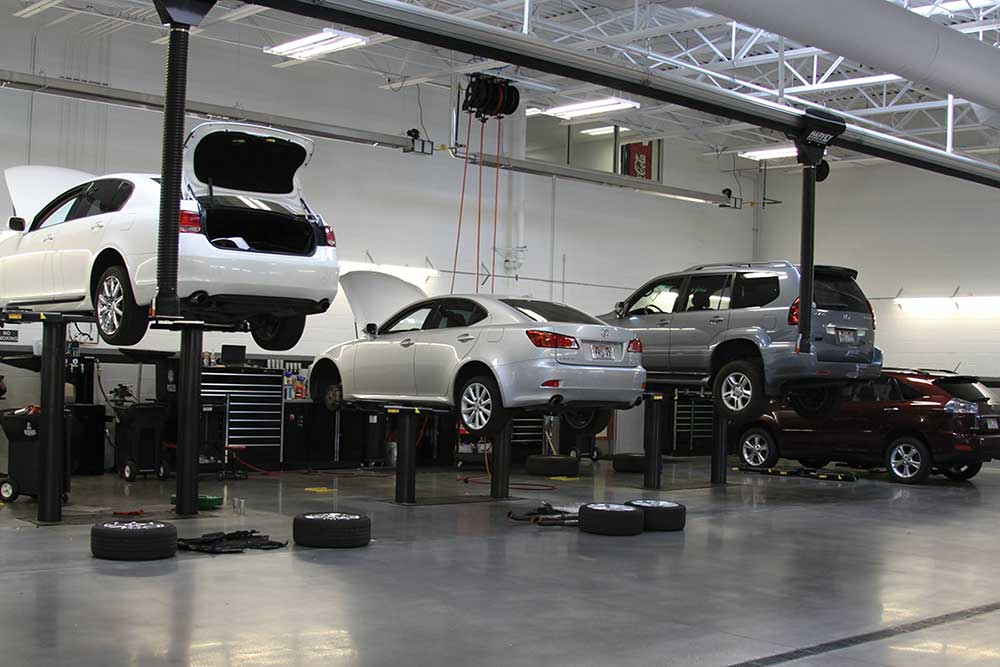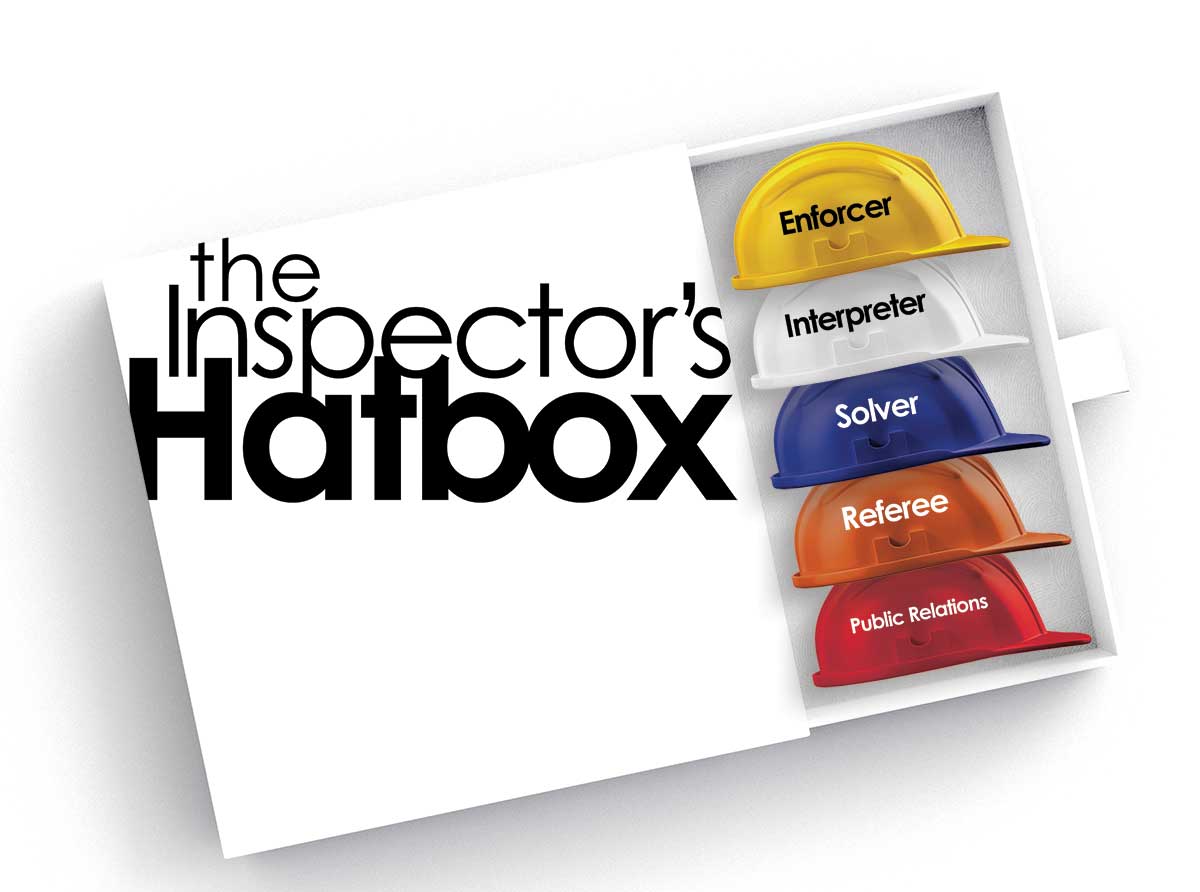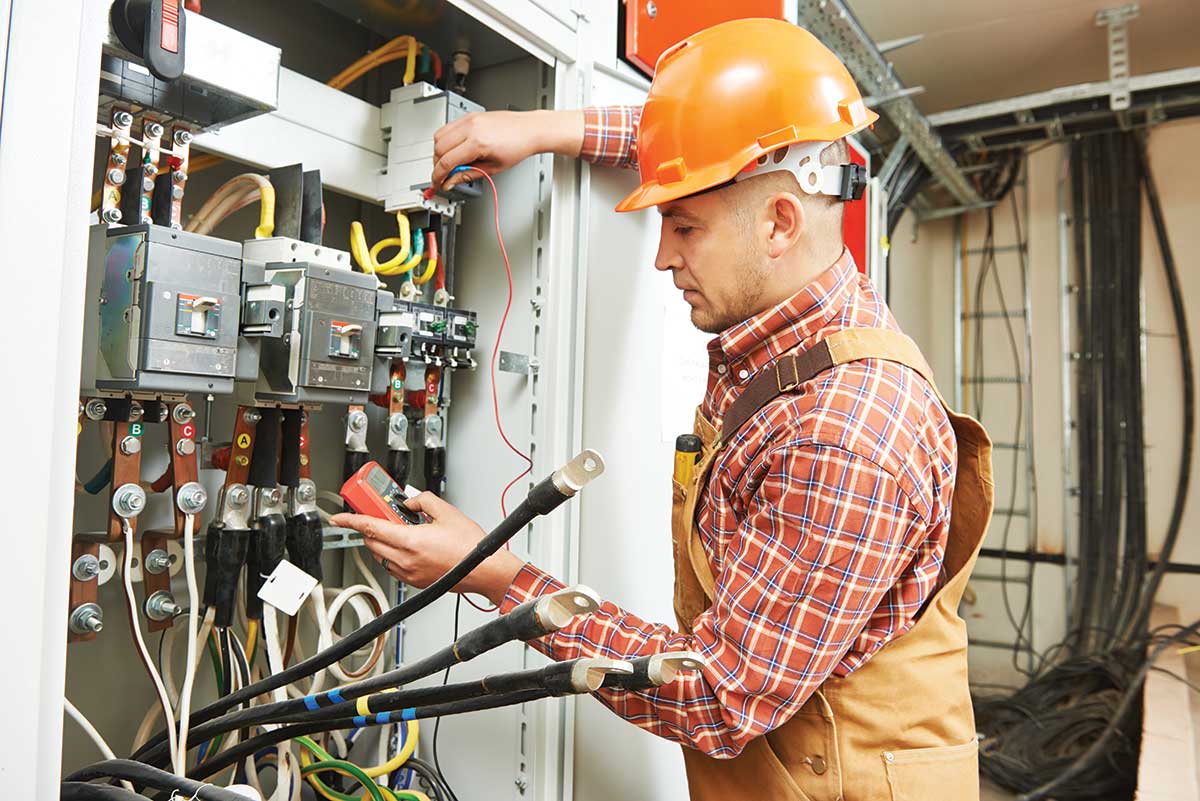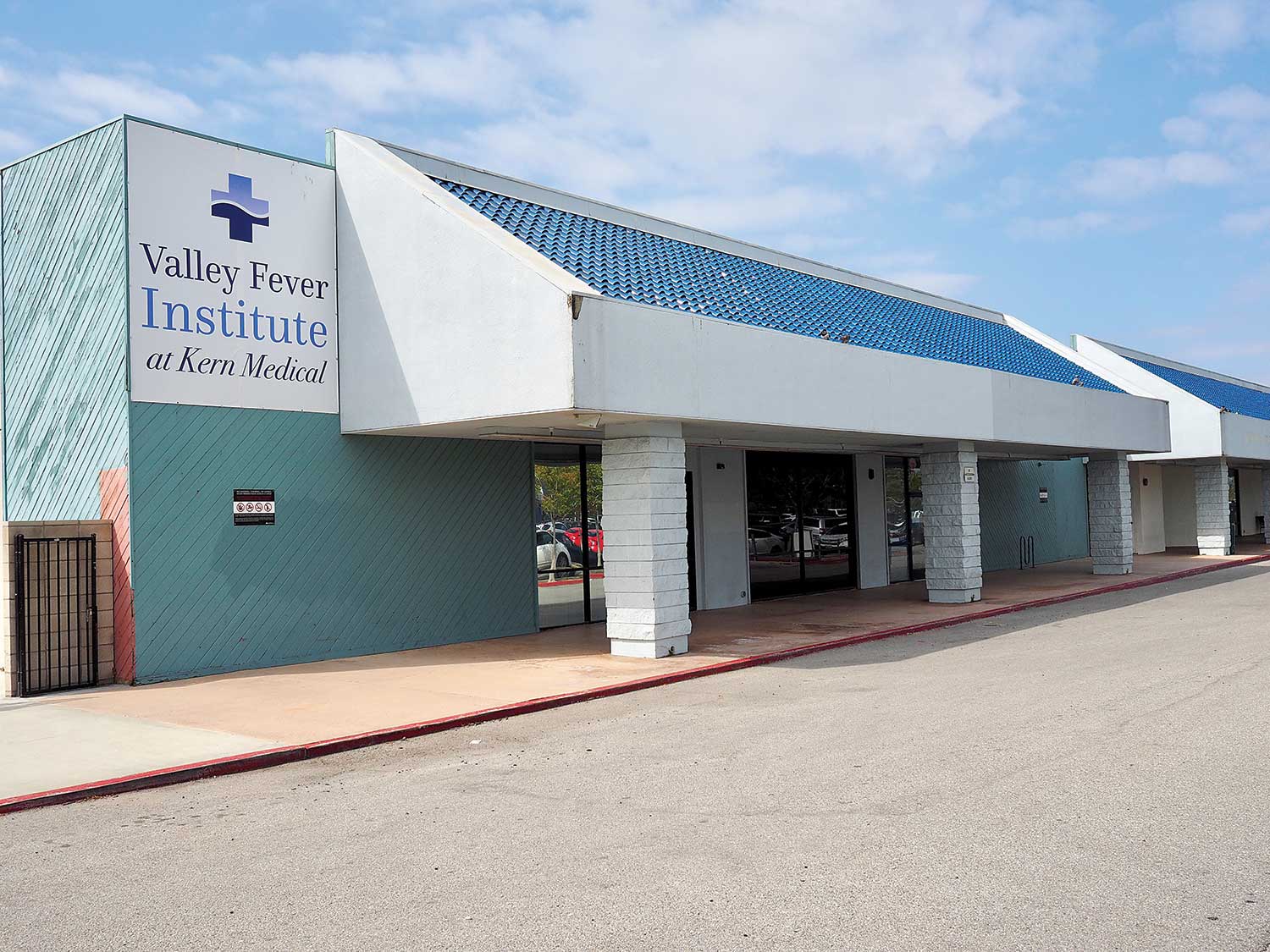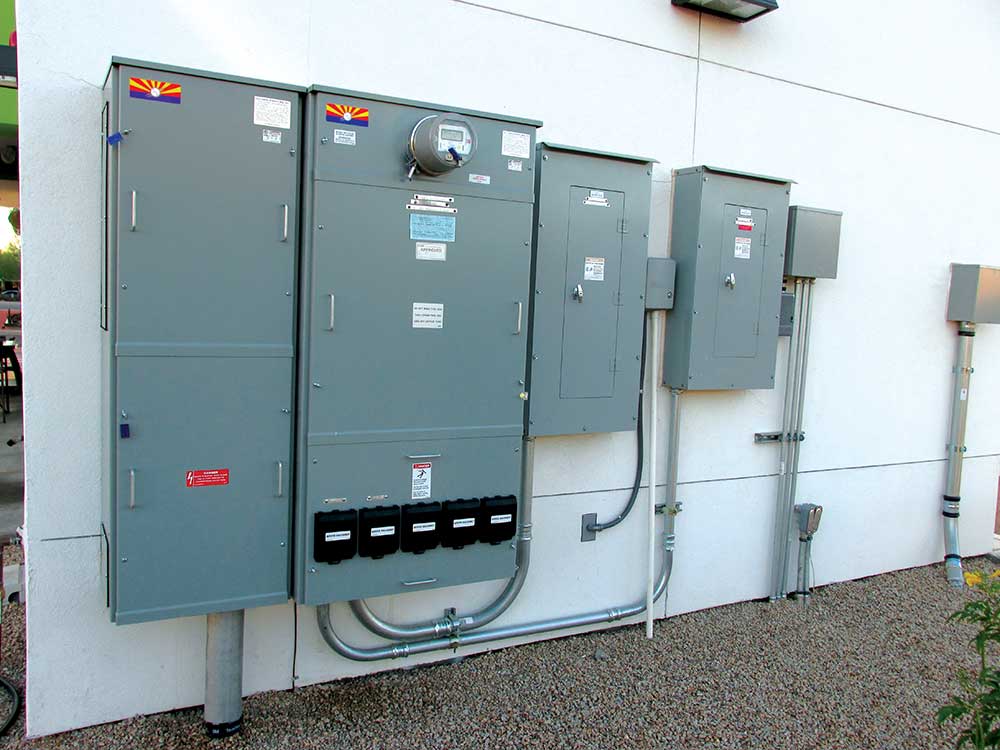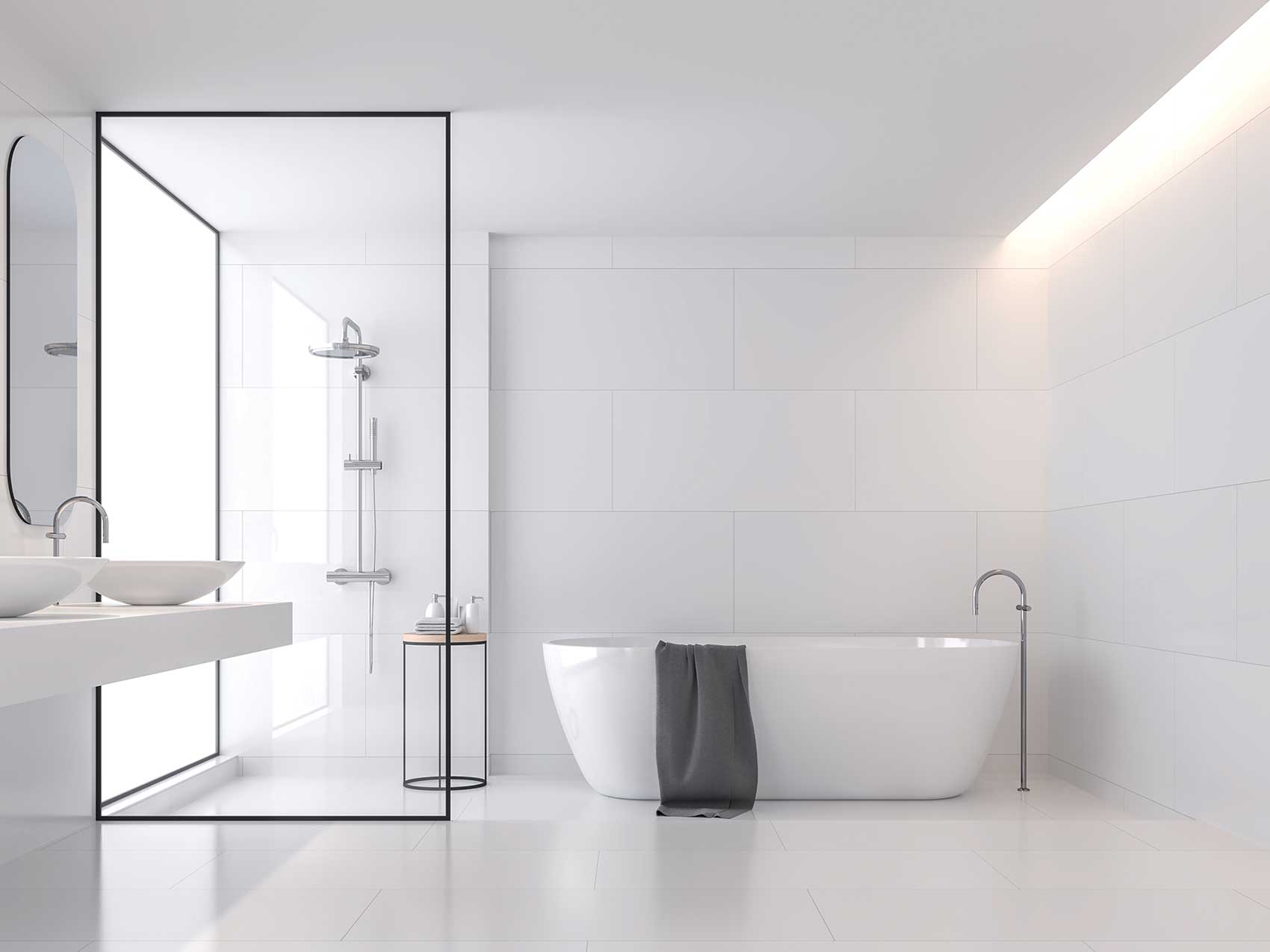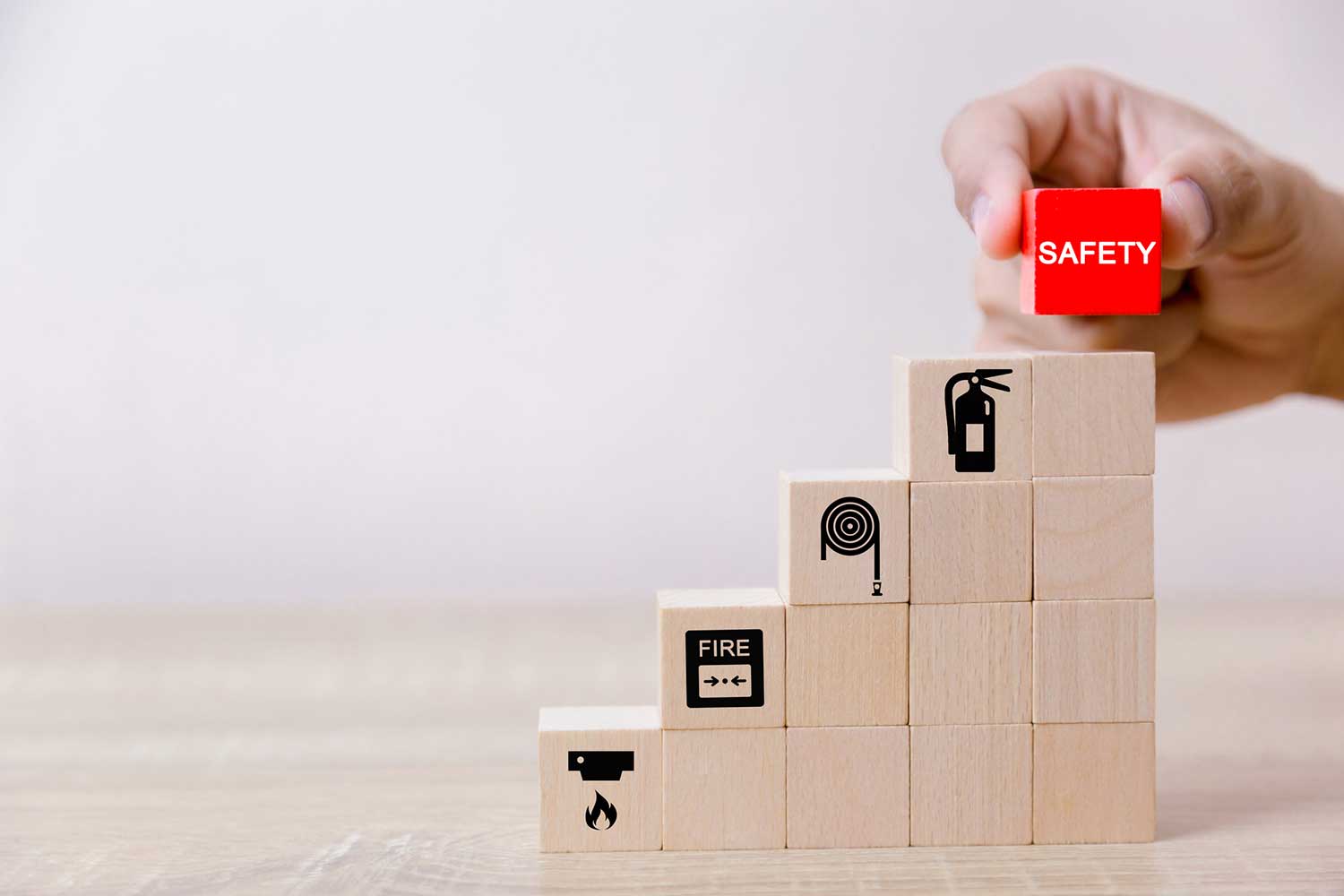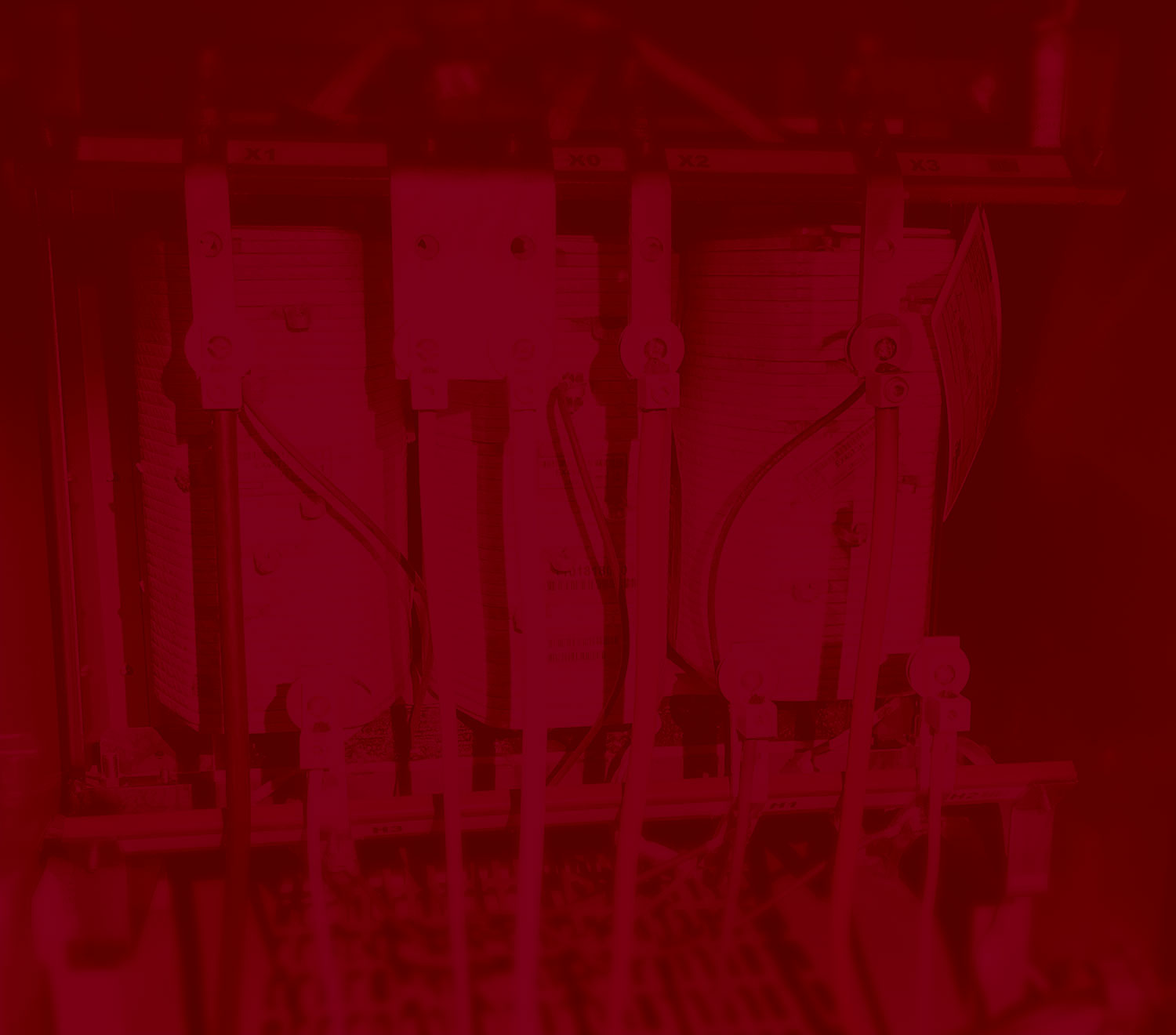The mission of the Automotive Lift Institute (ALI) is to promote the safe design, construction, installation, inspection, and use of automotive lifts.
The results of IAEI’s 2019 inaugural Workforce Survey are in. More than 1,500 individuals participated in this workforce survey, which was conducted online in November 2019.
Fortunately, some options allow continued safe operation of building department staff while ensuring the safety of installations. No-touch permitting and remote inspections can be used for a broad range of projects.
From code enforcer to code interpreter, problem solver to referee, to public relations representative, it can be challenging to keep track of the many hats electrical inspectors needs to wear!
Can a panelboard be located “you fill in the blank?” How often have you heard this question? Let’s take a look at some of the rules on panelboard placement contained in the National Electric Code (NEC).
To support the ongoing construction of shelter and to maintain existing shelter, we must keep the infrastructure working. We must keep the electricity, gas & water flowing. Grocery stores and fueling stations must be kept open. Inspection by the Building Department is involved at some point for all of these critical functions.
How do we as electrical professionals promote the need for this electrical working space so that panelboards remain readily accessible?
In order to truly understand the implications of the changes to the measuring provisions of Section 210 in the 2020 National Electrical Code (NEC), one must go back and review how we arrived at that point.
Our role as inspectors plays a vital role in assuring that homeowners and the public are safe from electrical hazards. Being an informed inspector by knowing what the NEC says and why changes occur is critical to your continued role in this process.
Let’s look at the basics of a grounded 480/277 V to 208/120 V wye-type transformer supplying a panelboard in a typical retail or office space.

